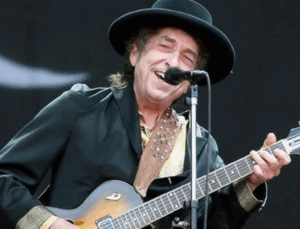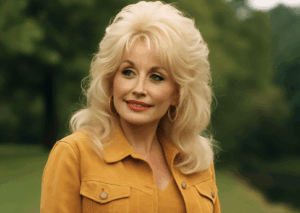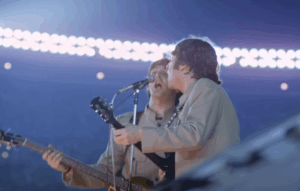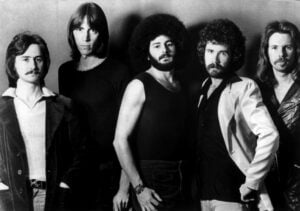3 Timeless One-Hit Wonders from the 1970s That Are Surprisingly Cover Songs
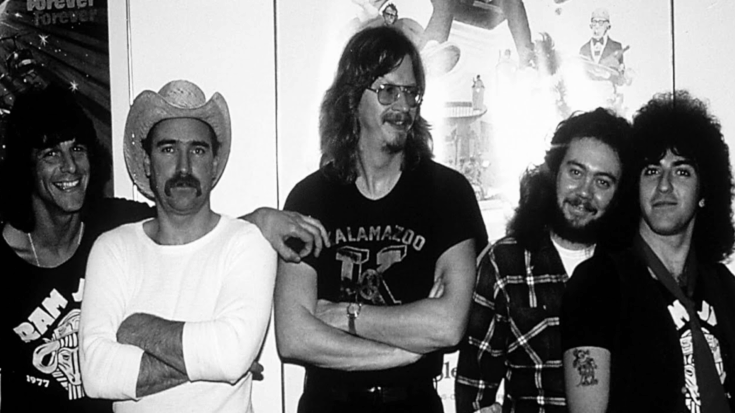
via Georgy Porgy's Favorites / YouTube
When people think of one-hit wonders, they often imagine songs that came out of nowhere—completely original and impossible to copy. But some of those big hits from the 1970s actually started as songs from other artists or even traditional material. In a few rare cases, the cover version became more well-known than the original.
These three tracks each gave an older song a new sound and style. The artists who recorded them only had brief success on the charts, but their versions still stand out today. All of them are remembered more for their reimagined versions than for who wrote them.
“Here Comes the Sun” – Richie Havens (1971)
Album: Alarm Clock
Originally written by George Harrison, “Here Comes the Sun” was first released by The Beatles in 1969 on their album Abbey Road. The song had a light, peaceful sound and quickly became one of Harrison’s most loved tracks. It spoke about better days ahead after a long period of stress and uncertainty.
In 1971, folk-rock singer Richie Havens released a more upbeat and rhythmic version on his Alarm Clock album. His fast-paced strumming and soulful voice gave the track a different feel. It became his highest-charting single, peaking at No. 16 on the Billboard Hot 100.
“Black Betty” – Ram Jam (1977)
Album: Ram Jam
“Black Betty” began as a traditional work song believed to have African-American origins. It was first recorded in the 1930s and later made popular by blues legend Lead Belly. The original versions were simple and raw, meant to be sung by workers in the fields or in prison camps.
In 1977, the rock group Ram Jam gave the song a loud, driving energy with strong electric guitar and drums. Their version was much faster and had a stadium-rock feel. It peaked at No. 18 on the Billboard Hot 100 and became their only major hit, later featured in several movies and commercials.
“The House of the Rising Sun” – Frijid Pink (1970)
Album: Frijid Pink
This song has roots in American folk and blues and was passed down over many decades. It tells the story of a person’s rough experiences in New Orleans, and it’s been recorded by several artists since the 1930s. The Animals made it famous in 1964 with a dramatic organ-filled version. Bob Dylan also recorded a slower acoustic version early in his career.
In 1970, Frijid Pink added a hard rock twist, using heavy guitar and distortion. Their take was much louder and fit in with the growing psychedelic sound of the time. It reached No. 7 on the Billboard Hot 100.









